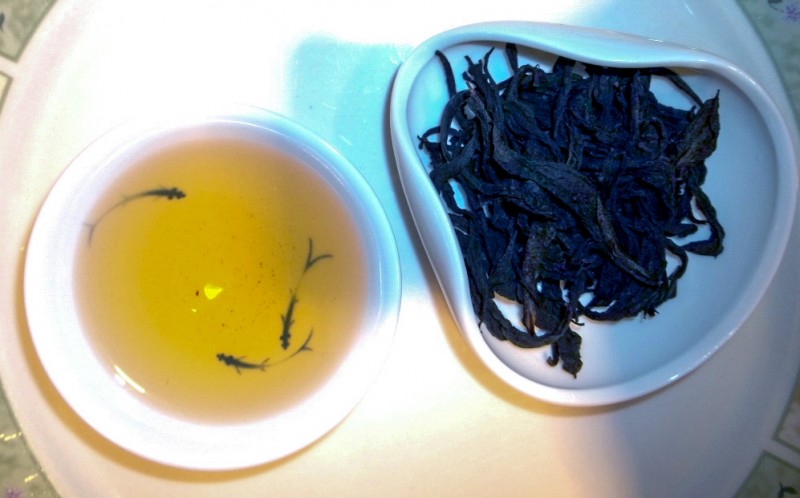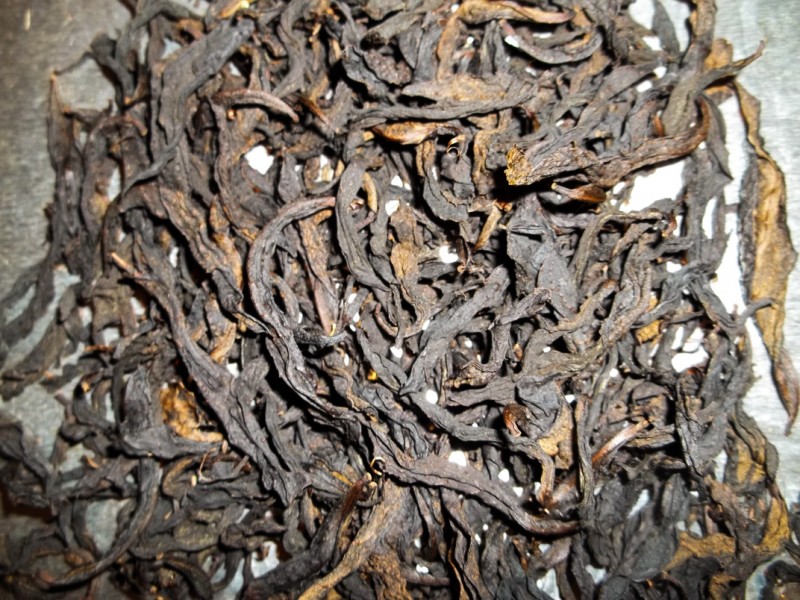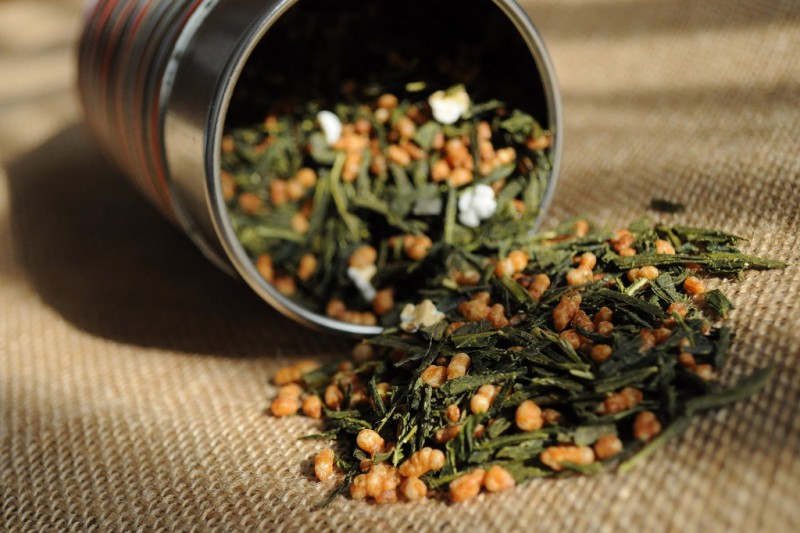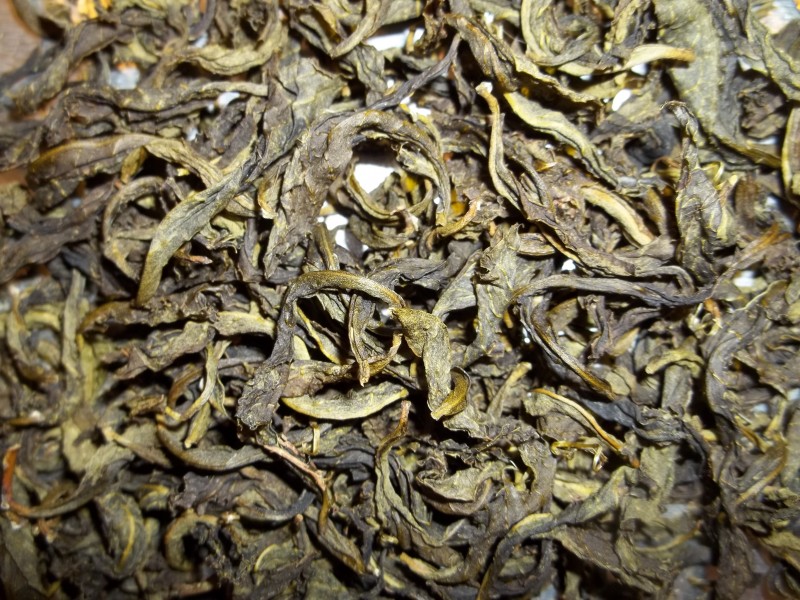
Joe Musso’s Tea, Steeped
Well, it’s time for interview number three. I don’t know about you all, but I have loved getting to hear different perspectives on the unique process of crafting tea. It’s been great to understand what makes for a tea enthusiast, whether it is past experience or memory, or a passion for exotic and handmade experiences. Please enjoy the third interview in my series, with customer Joe Musso!
Talia: Tell me about your first experience or a meaningful memory dealing with tea:
Joe: Crafting tea for the first time is probably one of my best tea related memories, and there are a lot of great teas that I can still remember how they smell and taste as if I have them right here with me.
Talia: What are some of the teas you can remember the smells and tastes of? Which of those teas is your favorite, and why?
Joe: The teas I remember most are those with strong, unique flavors. Some of my favorites are: Taiwanese Assams for their strong fruitiness, Mi Xian black tea for its sweet honey-like aroma, Sheng pu’erhs with lingering apricot or orchid aromas, and more generally Longjing, Silver Needle, or strong Oolongs. The strong floral aroma of your fresh leaves has also stuck with me.

Joe Musso’s First Tea (Black Tea)
Talia: Did you try to mimic/reproduce a favorite tea or see where the process took you?
Joe: For my first time, I made a black tea because that seemed like the easiest way to see that I was doing something right. For my second time I tried a green and an oolong. I’d say the oolong was more experimental because I’m not sure of the specifics on the whole process, like roasting temperatures and times.
Talia: Did all three teas you made have something in common from starting from the fresh leaves? Could you discern a similarity?
Joe: There’s a deep floral note in the aroma and taste of the fresh leaves that I can taste in all three finished teas, even though the withering, tempering, oxidizing, and rolling were different for all of them.
Talia: How did you feel while actually making the tea and how did you react to the finished result?
Joe: It was exciting, and it was nice experiencing some of the things that go into making tea, like the fragrances. I’m happy with my results.

Joe Musso’s Oolong Tea
Talia: What’s the best part about the process?
Joe: The best part is smelling the fragrance from the leaves while rolling (It’s very nice!), and learning some of the things that go into making tea. It made me appreciate more how much work goes into it.
Talia: What’s the hardest part about the process?
Joe: The rolling hurts after a while, but it’s worth it! Not drinking it all too quickly is also pretty hard!
Talia: Have you tried adding anything else to your tea to change the flavor of it?
Joe: Except for trying the black tea with sugar and soymilk, I haven’t added anything. In the future I’d like to try making Genmaicha (tea combined with roasted brown rice) with the green tea, or adding rose petals, or trying different roasts to bring out different flavors. The green tea I made had a very nice chocolaty aroma when I over-roasted the leaves during tempering, and I’d like to try to bring that out more in the finished tea.

Genmaicha by Frédérique Voisin-Demery (via Flickr)
Talia: How does crafting tea change how it tastes compared to other tea you’ve had?
Joe: After making black, green, and attempting an oolong, it’s easier to see which parts of the process contribute to the flavors and aromas in the finished leaves and what was already there in the fresh leaves.
Talia: How did you find out about tea crafting? Had you ever done anything similar or was this your first time?
Joe: I’ve been growing Tea for around two years but my plants aren’t big enough to harvest anything from yet, so this was my first time crafting tea. I’ve tried rolling and oxidizing other leaves, like mint, out of curiosity but the results weren’t good.
Talia: How did you get involved in growing tea?
Joe: I started growing Tea because I wanted to try making my own. I ordered my plants online as small cuttings.
Talia: What kind of care goes into growing tea plants?
Joe: I’m still learning a lot about what the plants need. I grow them in pots and have to take them in during winter. They like loose soil and don’t like too much water or dryness. Some sources say they like full sun but mine seem to do better in shade. For now, I’m letting my plants grow so that I can take cuttings and create more plants. I think I should have enough plants to get a small personal supply of leaves to work with in another 1-2 years.

Tea-2645 by Counse (via Flickr)
Talia: How long do plants have to grow before they are ready to be harvested?
Joe: Tea grows pretty slowly, so I’m happy that I found Boston Teawrights and can practice making different styles of tea before my plants are ready to be harvested.
Talia: Has your experience driven you to explore further into the process of making tea or the story of tea?
Joe: I’d say it’s the opposite. My exploration of Tea is what led me to try crafting my own. I’ve been obsessed with tea for a while. I’m interested in all the different flavors that teas can produce depending on where and how they’re grown and processes.

Joe Musso’s Green Tea
Talia: Do you have any special tools or accessories for brewing loose tea?
Joe: For everyday drinking I use a single cup and Finum brewing basket. I also have a few teapots, gaiwans, and different cups for different teapots or moods. I use an electric kettle so that I can control the temperature of my water for different teas.
Talia: Do different methods change the flavor or consistency of the finished, drinkable product?
Joe: Different methods do change the finished tea. For example, teapot size and thickness can affect how much heat is lost over time and could cause some teas to not release their full flavor. Size and shape can affect how much leaves expand and could limit how much flavor is released. The pouring speed allowed by a teapot will also affect the flavor of the tea. In a smaller teapot I don’t have to use as much leaf and steeping is generally shorter.
Discuss this post on our subreddit
* * *
Feeling inspired? You can try tea crafting at home just like Joe. Get started with us and snag some fresh tea leaves.
[related-posts]
